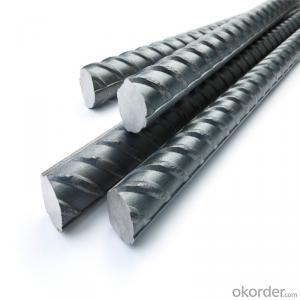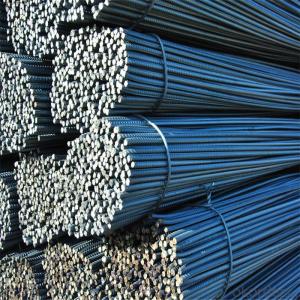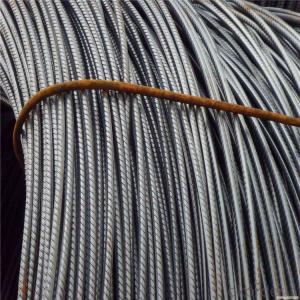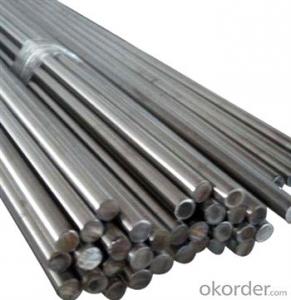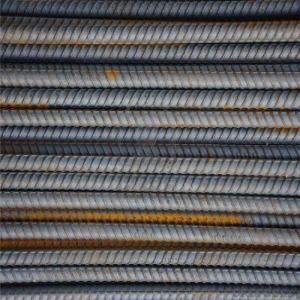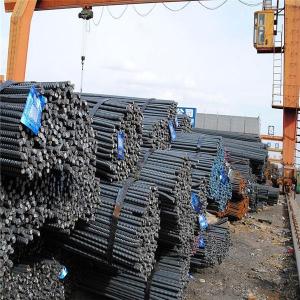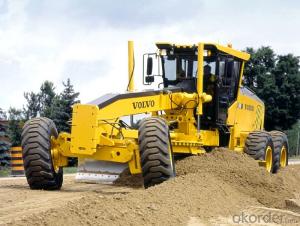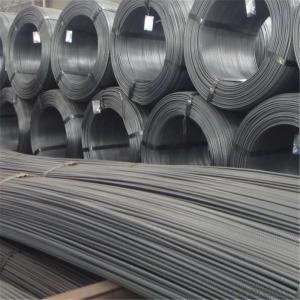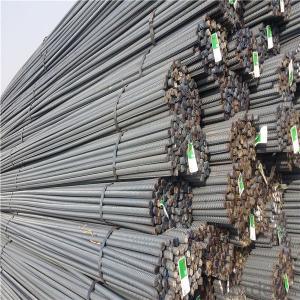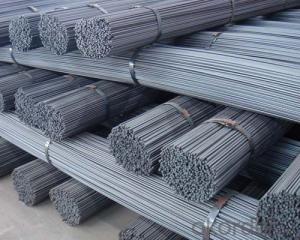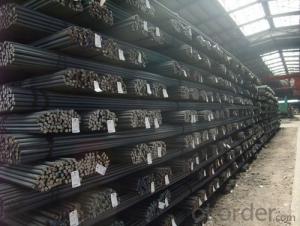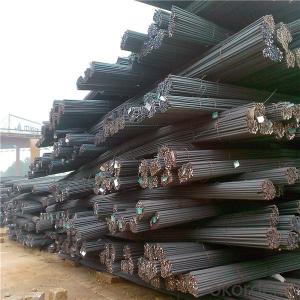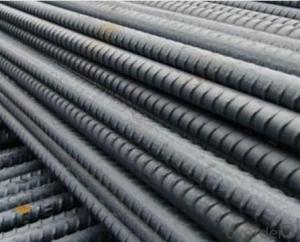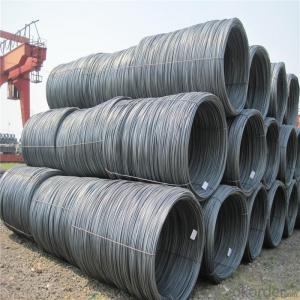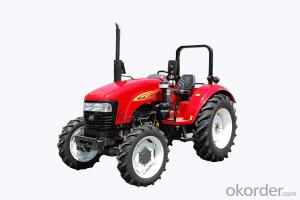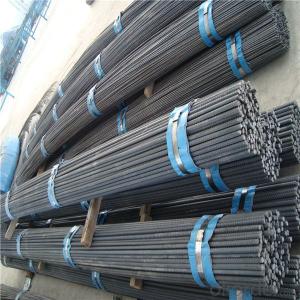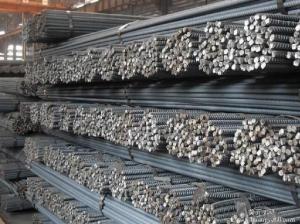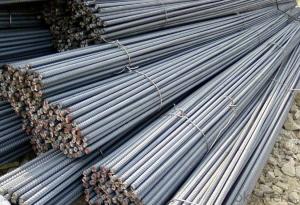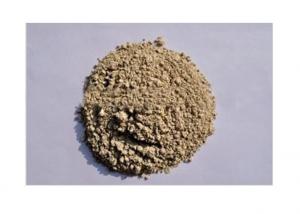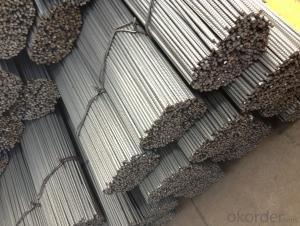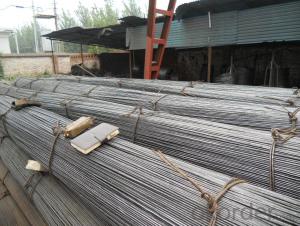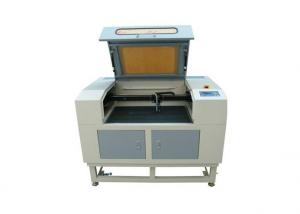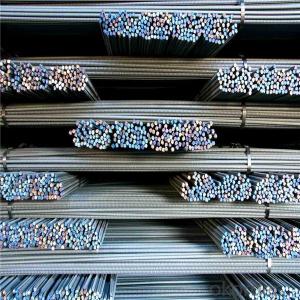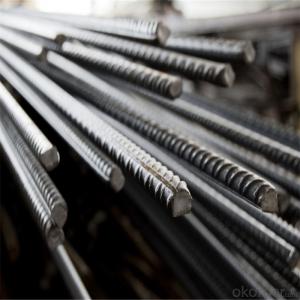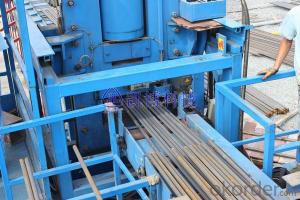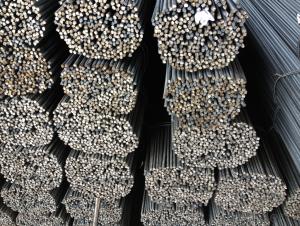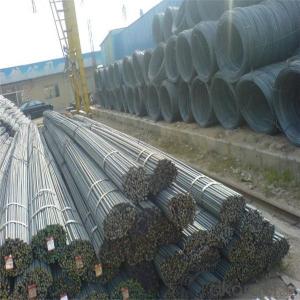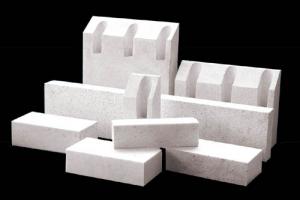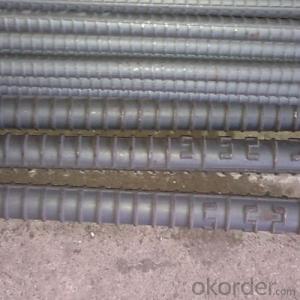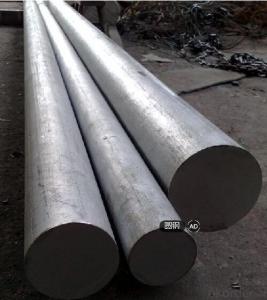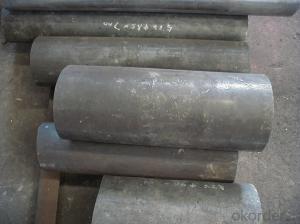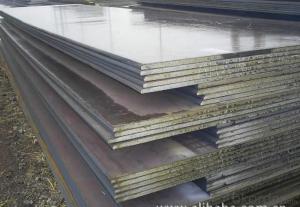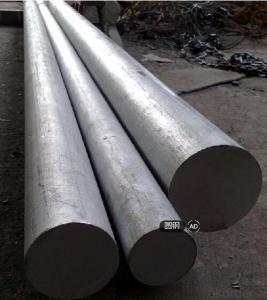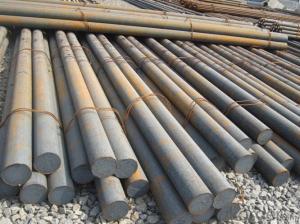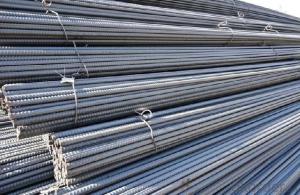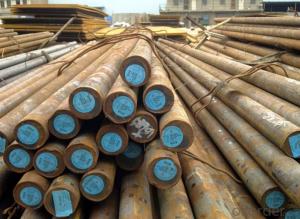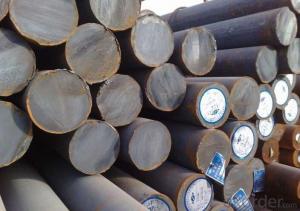Grade 80 Rebar
Grade 80 Rebar Related Searches
30M Rebar 18J Rebar Rebar Lengths Standard Astm A615 Grade 60 Rebar Rebar 10Mm T10 Rebar Ss Rebar Rebar Identification Rebar Tensile Strength Blue Steel Rebar Y16 Rebar Gfrp Rebar Frp Rebar Rebar Coil Rebar Stirrups Billet Steel Rebar Industrial Grade Carpet Billet Rebar Cold Rolled Steel Grades Komatsu 120 Excavator Py100 Motor Grader Pictures Re Bars Sg Iron Grades When Was Rebar InventedGrade 80 Rebar Supplier & Manufacturer from China
Grade 80 Rebar, a high-strength steel reinforcement bar, is widely recognized for its exceptional durability and tensile strength. This product is specifically engineered to provide enhanced support and stability in various construction projects, making it an ideal choice for both residential and commercial applications. Grade 80 Rebar is commonly used in concrete structures such as buildings, bridges, and highways, where its superior strength contributes to the overall integrity and longevity of the structure. The product's versatility and reliability have made it a preferred option among engineers and contractors in the construction industry.Grade 80 Rebar's exceptional performance is attributed to its advanced manufacturing process, which involves the use of high-quality steel and precise heat treatment. This ensures that the rebar maintains its strength and resistance to corrosion, even in challenging environmental conditions. As a result, it is frequently specified in projects where high load-bearing capacity and durability are crucial. The product's extensive usage in various construction scenarios highlights its importance in ensuring the safety and stability of infrastructure.
Okorder.com, a reputable wholesale supplier, offers a comprehensive inventory of Grade 80 Rebar to cater to the diverse needs of the construction industry. With a commitment to quality and customer satisfaction, Okorder.com ensures that the rebar is sourced from reliable manufacturers and meets the highest industry standards. This extensive inventory allows customers to access Grade 80 Rebar in various sizes and quantities, making it a convenient and reliable choice for construction projects of all scales.
Hot Products
